
Lactose Monohydrate 500gm
$680.00 Original price was: $680.00.$600.00Current price is: $600.00.
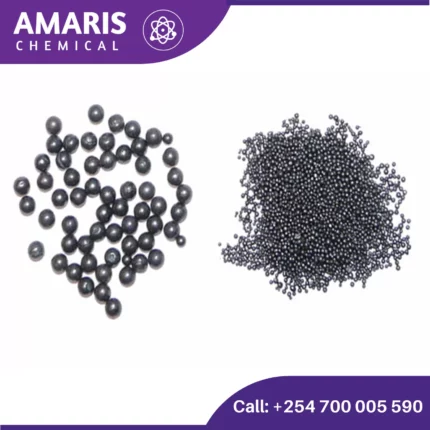
Lead Shot 250gm
$2,500.00 Original price was: $2,500.00.$2,300.00Current price is: $2,300.00.
Lead Bromide 500gm
$6,000.00 Original price was: $6,000.00.$5,500.00Current price is: $5,500.00.
Whatsapp Order
Lead BromideLead bromide (PbBr₂) is an inorganic compound consisting of lead and bromine. Here are some key details about lead bromide:
Properties:
- Chemical Formula: PbBr₂
- Appearance: White crystalline solid
- Molar Mass: 367.01 g/mol
- Melting Point: 373 °C (703 °F)
- Boiling Point: Decomposes before boiling
- Density: 6.66 g/cm³
- Solubility in Water: Poorly soluble (1.03 g/100 mL at 20 °C)
Structure:
Lead bromide has an orthorhombic crystal structure. In the solid state, PbBr₂ forms a lattice with lead ions surrounded by bromide ions.
SKU:
ACS52634CHEM0
Category: Analytical Reagents
Description
Table of Contents
ToggleUses of Lead Bromide
1. Chemical Reactions and Synthesis:
- Precipitation Reactions: Lead bromide is commonly used in precipitation reactions to demonstrate the formation of an insoluble salt. For example, mixing lead(II) nitrate (Pb(NO₃)₂) with a bromide salt like sodium bromide (NaBr) yields a precipitate of lead bromide.
- Synthesis of Lead Compounds: It can be used as a precursor in the synthesis of other lead-containing compounds through various chemical reactions.
2. Analytical Chemistry:
- Qualitative Analysis: In qualitative inorganic analysis, lead bromide can be used to confirm the presence of bromide ions in a solution. This is done by adding a solution containing lead ions and observing the formation of a white precipitate of PbBr₂.
- Stoichiometry and Solubility Studies: It is often used in experiments to study stoichiometry, solubility product constants (Ksp), and the effects of common ion and diverse ion effects on solubility.
3. Educational Demonstrations:
- Teaching Material: Lead bromide is used in educational settings to teach concepts such as solubility rules, precipitation reactions, and the properties of ionic compounds.
- Laboratory Experiments: It can be involved in laboratory experiments designed to demonstrate the properties and reactions of lead and bromide compounds.
4. Radiation Detectors:
- Detector Material: Lead bromide is used in the fabrication of certain types of radiation detectors due to its high density and effective atomic number, which makes it suitable for detecting gamma rays and X-rays.
5. Photographic Research:
- Historical Use in Photography: Historically, lead bromide was used in the production of photographic emulsions. While it is less common today due to the advent of digital photography, it may still be studied for its historical significance and properties.
Reviews (0)
Be the first to review “Lead Bromide 500gm” Cancel reply
Related products
Acetic Acid 2.5litre
Acetic acid is an organic acid with the chemical formula CH3COOH, also known as ethanoic acid. It is a colorless liquid with a pungent, sour taste and a distinctive vinegar-like odor. Acetic acid is an important industrial chemical used in the production of various products, including solvents, plastics, textiles, and food additives. It is also the main component of vinegar, which is commonly used as a condiment and preservative in cooking and food preparation.
Aceto Carmine 100 ml
Aceto carmine is a staining solution used primarily in microscopy to highlight cellular components. It is a mixture of carmine dye and acetic acid. Here’s an overview of its properties, preparation, and uses:
Properties
- Color: Red to purplish-red.
- Solubility: Soluble in water and ethanol.
- Staining Characteristics: Stains chromatin and cytoplasmic components, providing contrast for better visualization under a microscope.
Preparation
- Ingredients:
- Carmine dye: A natural red dye extracted from the cochineal insect.
- Acetic acid: A colorless liquid organic compound with a pungent smell.
- Procedure:
- Dissolve a specific amount of carmine powder in hot distilled water.
- Add glacial acetic acid to the solution.
- Filter the mixture to remove any undissolved particles.
Ammonium Chloride 500gm
Ammonium chloride is an inorganic compound with the chemical formula NH4Cl. It is a white crystalline salt that is highly soluble in water and has a salty taste. Ammonium chloride is often used in various industrial and laboratory applications, including as a flux in soldering, as a nitrogen source in fertilizers, and as a component in dry cell batteries. It can also be used in medicine as an expectorant to help thin and loosen mucus in the respiratory system


 Emollients
Emollients Humectants
Humectants UV Filters
UV Filters Surfactants (cosmetic)
Surfactants (cosmetic) Preservatives (cosmetic)
Preservatives (cosmetic) Fragrances and Essential Oils
Fragrances and Essential Oils Antioxidants (cosmetics)
Antioxidants (cosmetics)
 LABORATORY EQUIPMENT & APPARATUS
LABORATORY EQUIPMENT & APPARATUS

 Fertilizers
Fertilizers Plant Growth Regulators
Plant Growth Regulators Soil Conditioners
Soil Conditioners Animal Feed Additives
Animal Feed Additives Biostimulants
Biostimulants Dough Conditioners
Dough Conditioners Flour Treatments
Flour Treatments Fat Replacers
Fat Replacers Preservatives (baking)
Preservatives (baking)
 Surfactants (cleaning)
Surfactants (cleaning) Builders
Builders Bleaching Agents
Bleaching Agents Enzymes
Enzymes Solvents (cleaning)
Solvents (cleaning) Fragrances
Fragrances






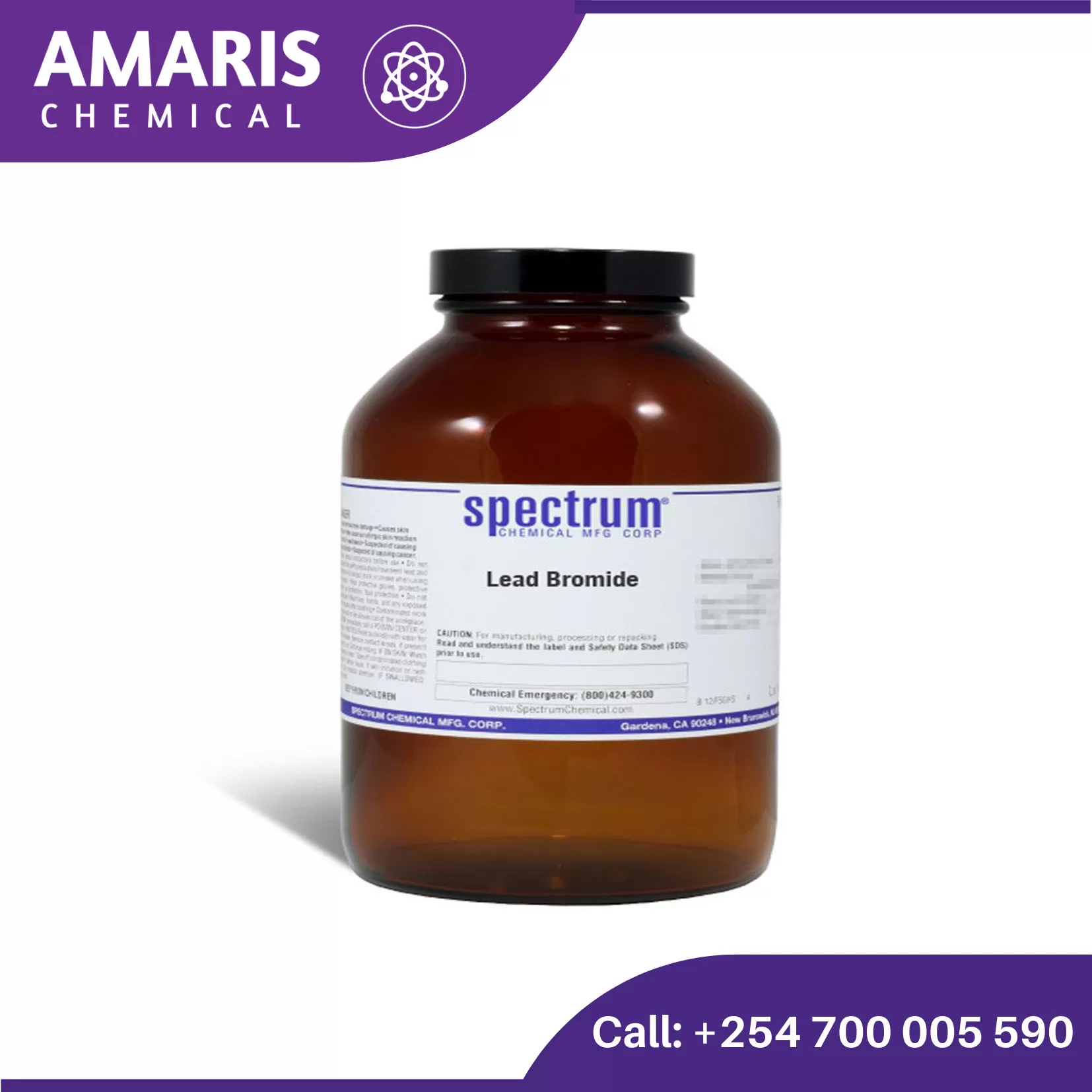
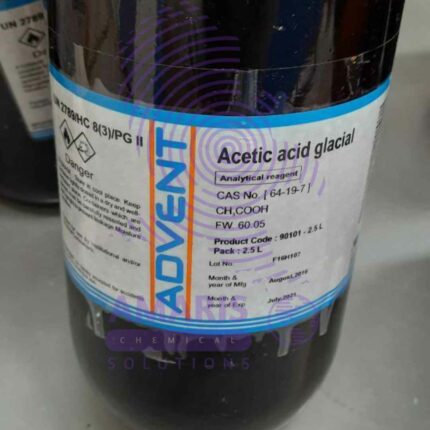

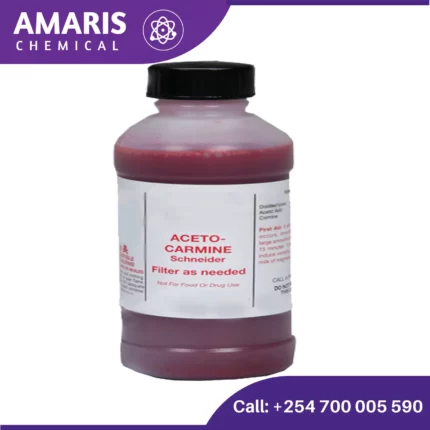

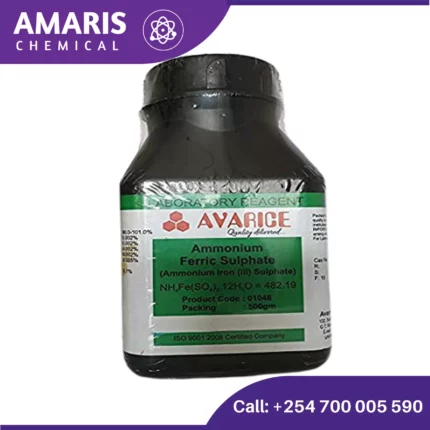

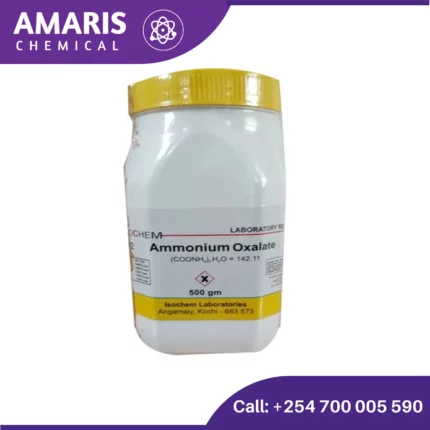

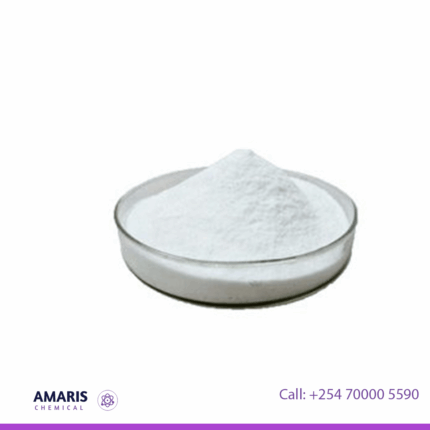













Reviews
There are no reviews yet.